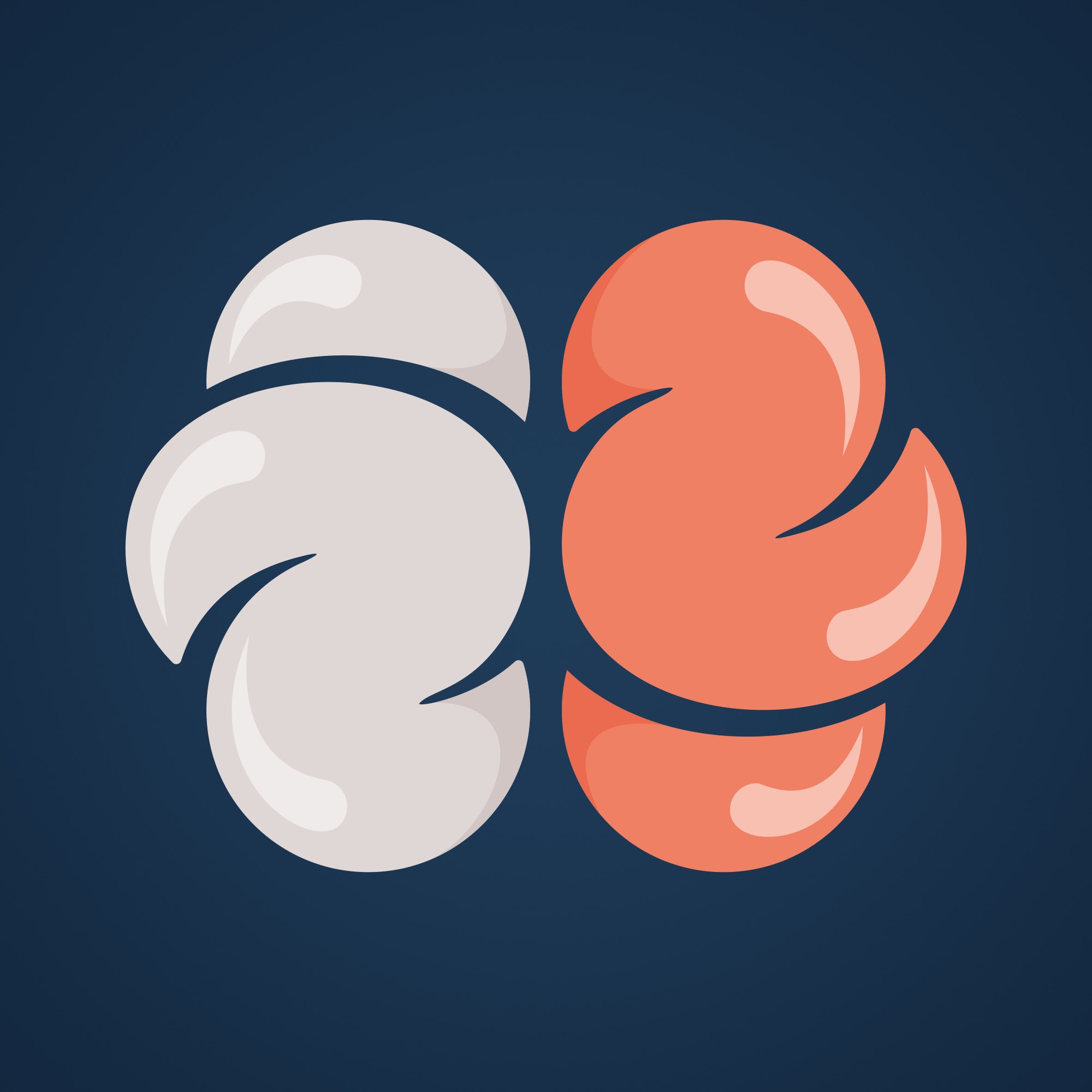2018-01-04
[public] 46.8K views, 2.25K likes, 34.0 dislikes audio only
ORDER BRAINCRAFT MERCH! 🧠https://store.dftba.com/collections/braincraft
SUBSCRIBE to BrainCraft! 👉 http://ow.ly/rt5IE
Network Neuroscience offers a new way to look at our brains – where researchers organise our brain's connections as patterns and look at how those connections interact, change and stay the same when we perform different tasks. It turns out that the flexibility of those connections can indicate how quickly we can learn or multitask – and is a top predictor of intelligence.
Thanks to Danielle Bassett, Associate Professor of Bioengineering at U Penn and MacArthur Fellow, for her help with this video.
And special thanks to the John D. and Catherine T. MacArthur Foundation: https://www.macfound.org/
You can find another MacArthur Genius talking about her work on It's Okay to Be Smart, Unweaving Spider Silk: https://youtu.be/QQOxB_ylkvs
My Twitter https://twitter.com/nessyhill | Instagram https://instagram.com/nessyhill
BrainCraft was created by Vanessa Hill (@nessyhill) and is brought to you by PBS Digital Studios. Talking psychology, neuroscience & why we act the way we do.
This episode was written by Vanessa Hill and Bahar Gholipour. Filmed by Ross Asdourian and produced, edited and animated by Vanessa Hill.
REFERENCES 📚
- Bassett, D. S., & Sporns, O. (2017). Network neuroscience. Nature Neuroscience, 20(3), 353-364.
https://sci-hub.tw/10.1038/nn.4502
- Barbey, A. K. (2017). Network neuroscience theory of human intelligence. Trends in cognitive sciences. http://www.cell.com/trends/cognitive-sciences/fulltext/S1364-6613(17)30221-8
- Learning takes brain acrobatics https://www.sciencenews.org/article/brain-flexibility-learning
IMAGES 🖼
https://commons.wikimedia.org/wiki/File:MRI_brain_sagittal_section.jpg
https://commons.wikimedia.org/wiki/File:Connectome.jpg
https://commons.wikimedia.org/wiki/File:Budapest_Reference_Connectome.png
https://freesound.org/people/InspectorJ/sounds/411494/
youtube.com/watch?v=QQOxB_ylkvs
/youtube/video/ewPeAFQWg3s?t=47
/youtube/video/ewPeAFQWg3s?t=91
/youtube/video/ewPeAFQWg3s?t=122
/youtube/video/ewPeAFQWg3s?t=175
/youtube/video/ewPeAFQWg3s?t=228
/youtube/channel/UCt_t6FwNsqr3WWoL6dFqG9w
/youtube/video/Ucc1Xs5UAj4
youtube.com/watch?v=Cs2azOCBF1M

